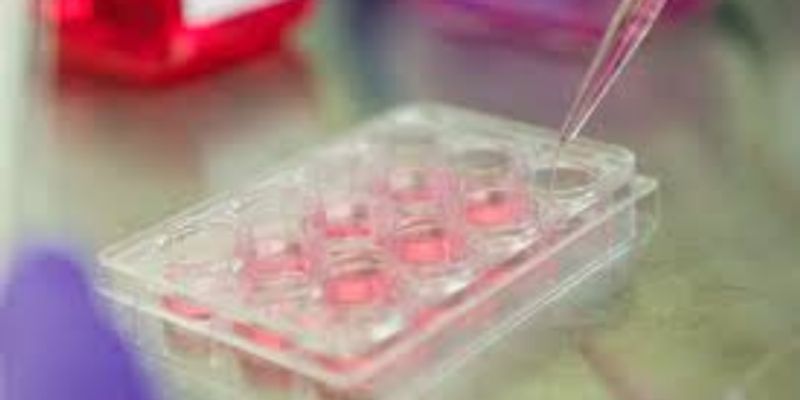AUG 21, 2014 | 12:45 PM
When whole genome and whole exome sequencing are introduced into health care, and offered directly to consumers in commercial settings, the landscape of genetic testing will drastically chang...
AUG 21, 2014 | 11:15 AM
Medical applications of genetics and genomics have been advancing dramatically since completion of the sequencing of the human genome. The cost of DNA sequencing has plummeted, leading to the...
AUG 21, 2014 | 10:45 AM
For personalized genomic medicine (PGM) to be readily adopted into clinical practice, there is a need for a multidisciplinary team, and a need to educate health care professionals and the...
Accurate and timely diagnosis of rejection and infection is essential for long-term survival of solid-organ transplant recipients. We evaluated the performance a novel test to monitor rejecti...
AUG 21, 2014 | 8:45 AM
With advances in next-generation sequencing, whole-exome and genome sequencing (WGES) is now accessible as a tool in many applications. In the clinical setting, WGES is proving to be very val...
























